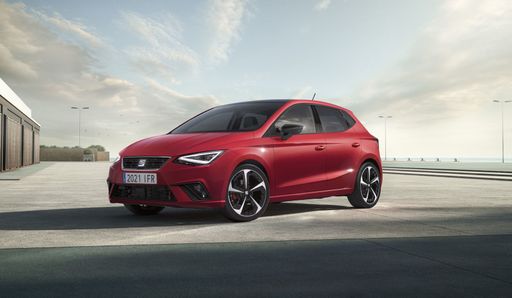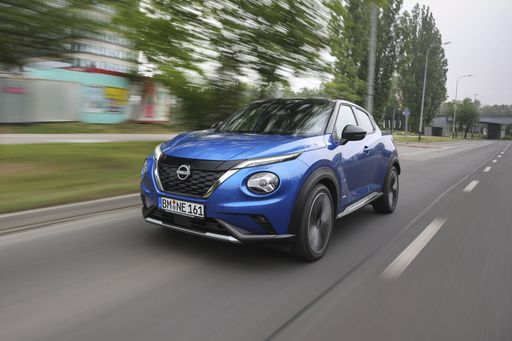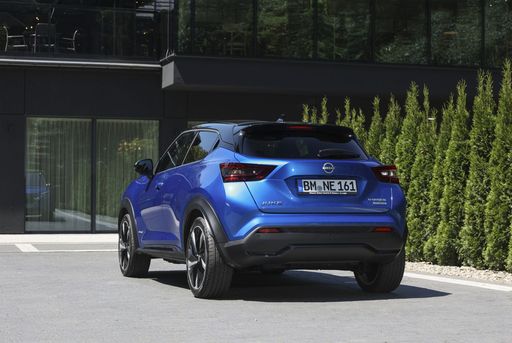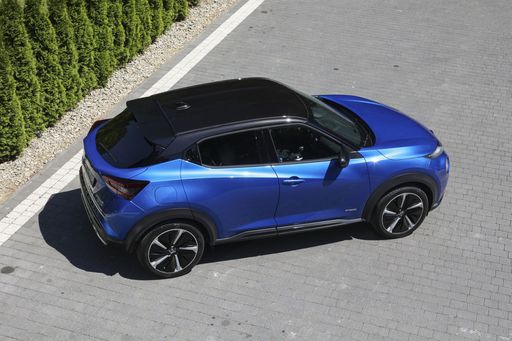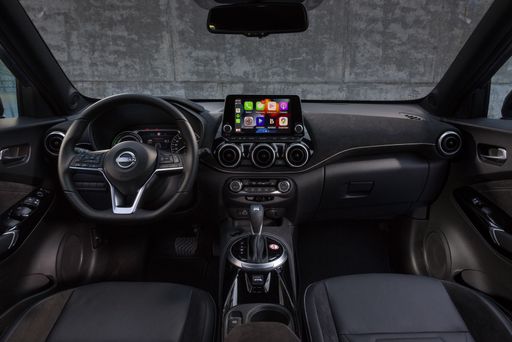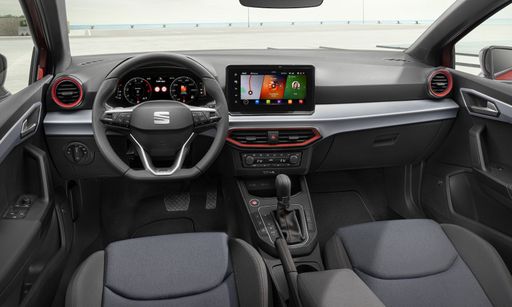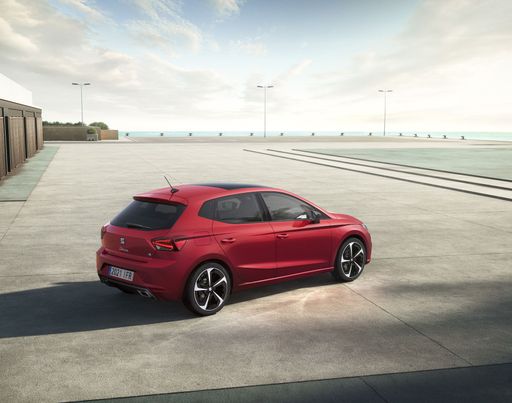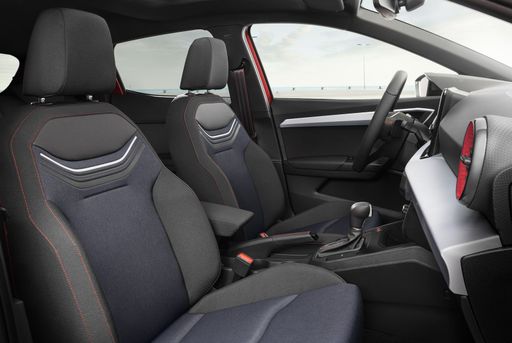Introduction: Clash of the Compact Titans
The automotive market is buzzing with competition, especially in the compact segment where style, performance, and practicality intertwine. Two standout models are the Nissan Juke—a bold SUV—and the SEAT Ibiza, a sleek and sporty hatchback. This article aims to compare both vehicles based on technical specifications, innovations, and best-suited audiences.

